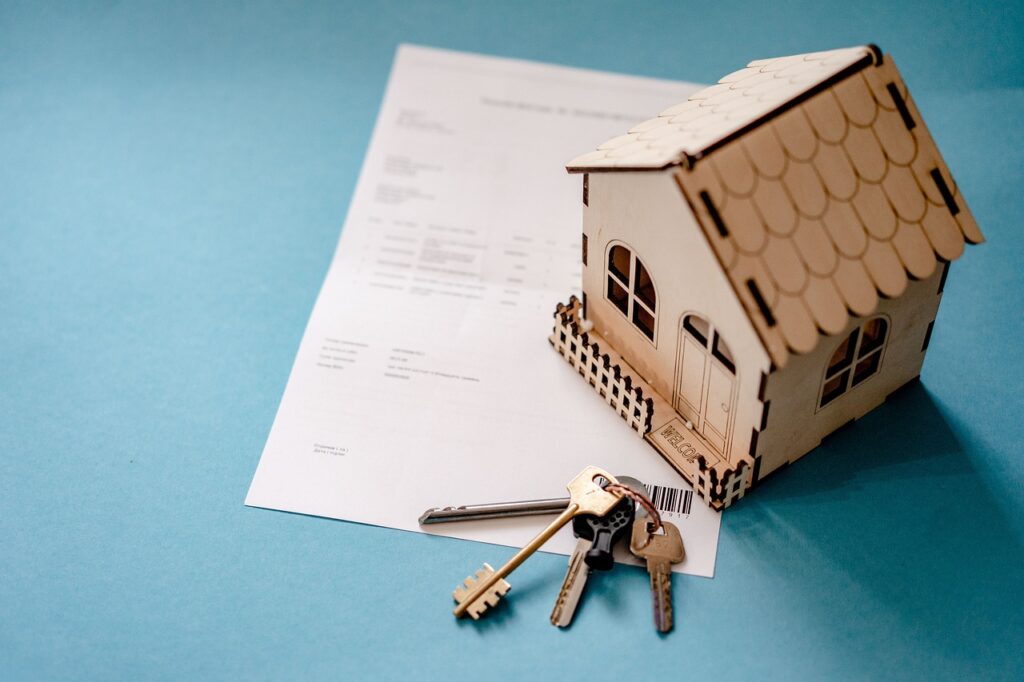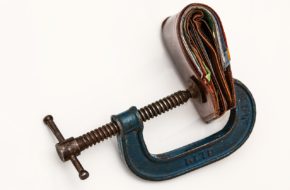Buying a home is often considered a cornerstone of the American Dream. However, many prospective homeowners focus solely on the mortgage payment, overlooking the numerous additional expenses that come with owning a property. Understanding these hidden costs is crucial for financial planning and ensuring long-term financial stability.
Property Taxes: The Ongoing Obligation
Property taxes are a significant expense that homeowners must factor into their budgets. These taxes fund local services such as schools, roads, and emergency services. The amount you pay depends on your home’s assessed value and the local tax rate.
Property tax rates can vary widely depending on your location. Some areas have relatively low rates, while others may have rates that can add thousands of dollars to your annual housing costs. It’s important to research the property tax rates in your target area before making a purchase.
Keep in mind that property taxes can increase over time. As your home’s value appreciates or if local tax rates change, you may find yourself paying more in taxes year after year. This is why it’s crucial to factor in potential increases when planning your long-term budget.
Consider setting aside money each month for property taxes, especially if they’re not included in your mortgage payment. This approach can help prevent financial strain when the tax bill comes due.
Home Insurance: Protecting Your Investment
Homeowners insurance is another essential cost that goes beyond your mortgage payment. This insurance protects your home and belongings in case of damage or theft. While it’s not legally required, most mortgage lenders will insist on it as a condition of your loan.
The cost of home insurance can vary based on factors such as your home’s location, age, and construction type. Areas prone to natural disasters like floods or earthquakes may require additional coverage, further increasing your insurance costs.
It’s wise to shop around and compare quotes from different insurance providers. You may be able to save money by bundling your home and auto insurance policies. Learning how to save money on auto insurance can provide valuable insights that may also apply to home insurance.
Remember to review your policy annually and adjust your coverage as needed. As you make improvements to your home or acquire valuable possessions, you may need to increase your coverage to ensure adequate protection.
Maintenance and Repairs: The Ongoing Challenge
Unlike renting, where the landlord is typically responsible for maintenance and repairs, homeowners must handle these tasks themselves. This can be one of the most significant hidden costs of homeownership.
As a general rule, homeowners should budget 1-2% of their home’s value annually for maintenance and repairs. This might seem like a lot, but it helps cover both routine maintenance and unexpected issues that can arise.
Routine maintenance tasks include things like HVAC system servicing, gutter cleaning, and lawn care. These regular upkeep tasks help prevent more costly repairs down the line. It’s important to stay on top of these tasks to protect your investment and avoid larger expenses in the future.
Unexpected repairs can be more challenging to budget for. A leaky roof, a failing water heater, or a cracked foundation can all lead to significant expenses. This is where having an emergency fund becomes crucial. Setting aside money each month for these potential costs can help you avoid financial stress when unexpected issues arise.
Utilities: The Ongoing Expenses
When you own a home, you’re responsible for all utility costs. This includes electricity, gas, water, sewage, and trash removal. These expenses can add up quickly, especially if you’re moving from an apartment to a larger home.
The cost of utilities can vary significantly based on your home’s size, efficiency, and your personal usage habits. Older homes may be less energy-efficient, leading to higher heating and cooling costs. Similarly, larger homes generally require more energy to heat and cool.
Consider investing in energy-efficient appliances and making improvements to your home’s insulation to help reduce these costs over time. While these upgrades may have upfront costs, they can lead to significant savings in the long run.
It’s also worth exploring ways to reduce your utility usage. Simple habits like turning off lights when not in use, using a programmable thermostat, and fixing leaky faucets can all contribute to lower utility bills.
HOA Fees: The Hidden Expense
If you’re buying a condo, townhouse, or a home in a planned community, you may be required to pay Homeowners Association (HOA) fees. These fees cover the maintenance of common areas, amenities, and sometimes even some utilities.
HOA fees can vary widely, from a nominal amount to several hundred dollars per month. It’s crucial to factor these fees into your budget when considering a property. Remember that HOA fees can increase over time, and special assessments may be levied for major repairs or improvements.
While HOA fees may seem like an additional burden, they often cover services that you would otherwise have to pay for separately, such as landscaping or exterior maintenance. However, it’s important to review the HOA’s financial health and rules before committing to a property with HOA fees.
Be sure to understand what the HOA fees cover and what additional costs you might still be responsible for. This can help you make a more accurate comparison between properties and better understand the true cost of homeownership.
Conclusion: Planning for Success
Homeownership can be a rewarding experience, but it’s crucial to understand and plan for all the associated costs. By factoring in these hidden expenses, you can create a more accurate budget and avoid financial stress down the road.
Remember, successful homeownership is about more than just making your mortgage payments. It requires careful financial planning, budgeting, and preparation for both expected and unexpected costs. By taking these factors into account, you can enjoy the benefits of homeownership while maintaining financial stability and peace of mind.
Frequently Asked Questions
What are the main hidden costs of homeownership?
The main hidden costs of homeownership include property taxes, home insurance, maintenance and repairs, utilities, and potentially HOA fees. These expenses go beyond the monthly mortgage payment and can significantly impact your overall housing costs.
How much should I budget for home maintenance and repairs?
As a general rule, homeowners should budget 1-2% of their home’s value annually for maintenance and repairs. This helps cover both routine maintenance tasks and unexpected issues that may arise, protecting your investment and preventing larger expenses in the future.
Are property taxes included in mortgage payments?
Property taxes may or may not be included in your mortgage payments, depending on your loan agreement. If they’re not included, it’s crucial to set aside money each month for property taxes to avoid financial strain when the tax bill comes due.
How can I reduce my utility costs as a homeowner?
You can reduce utility costs by investing in energy-efficient appliances, improving your home’s insulation, using a programmable thermostat, and adopting energy-saving habits like turning off lights when not in use. These measures can lead to significant savings over time.
What do HOA fees typically cover?
HOA fees typically cover the maintenance of common areas, amenities, and sometimes certain utilities in condos, townhouses, or planned communities. The exact coverage can vary, so it’s important to review what’s included before committing to a property with HOA fees.




